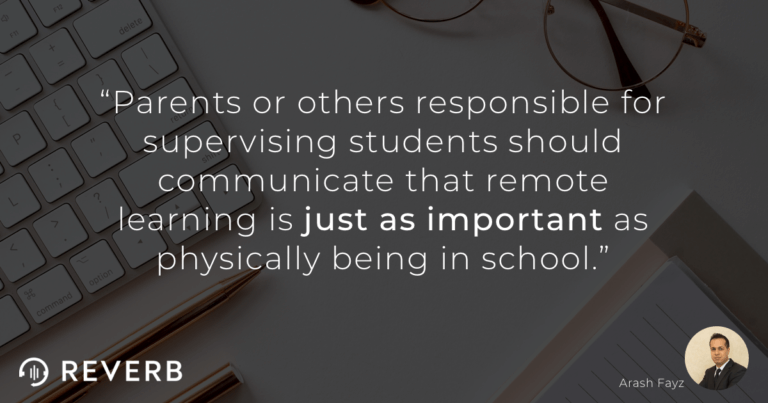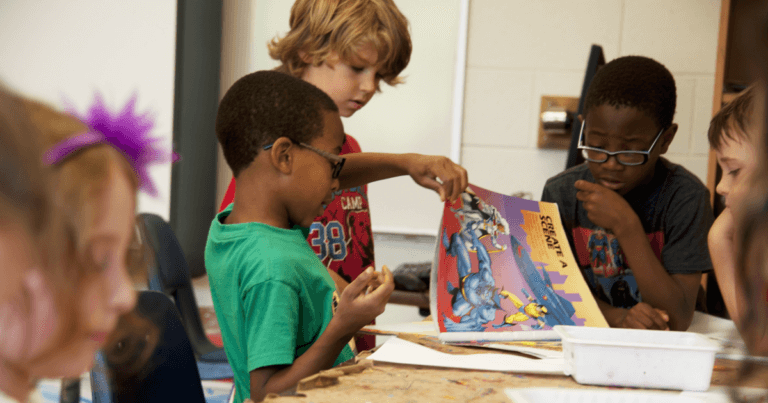The author’s views are entirely his or her own and may not always reflect the views of Reverb.
Having worked both in-person and online, I can confidently state one-on-one instruction can be very similar—and similarly beneficial—to in-person instruction… Once, that is, some simple technology is in place.
Using tools like Zoom, Google Slides, Google Documents, and a Stylus pen, a tutor can interact with each student and deliver individualized instruction and interventions.
Students can respond to these instructions in real-time or asynchronously. This can be done out-loud or by typing or writing with a mouse or stylus.
Most older students adjust quickly and find online tutoring just as effective as in-person learning. Still, some younger students and students with disabilities may have an easier time in-person.
Even for those who prefer in-person, remote learning can still be almost as effective in many regards. It’s also definitely preferable to no instruction.
Parents or others responsible for supervising students should communicate that remote learning is just as important as physically being in school. Many students don’t understand this and have been missing lessons, though this is improving.
Guardians need to convey to their kids that assignments and instruction delivered remotely must be given the same care and attention as in-person work.
This can be very challenging when parents are also working from home, so it’s understandably a balancing act for all involved. Still, as more and more students and guardians get used to remote studying and working, there’s a lot of hope.






